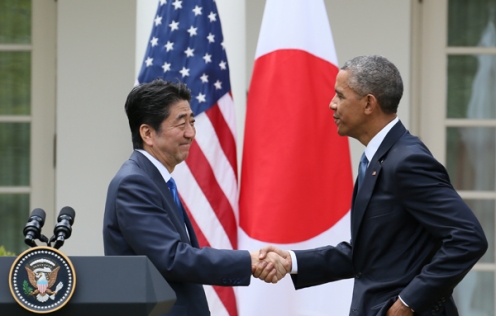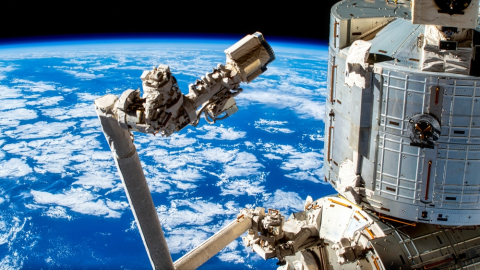Japan and its Alliance with the US. Structure, Dynamics, Evolution to 2030
China’s rise, US rebalancing in Asia, historic defense reforms in Japan, the adoption of new Guidelines for bilateral cooperation: the Japan-US alliance has reached a turning point in its history.

This study aims to provide a strategic and forward-looking analysis of the Japan-US alliance by 2030, by more specifically examining Japan’s role and place. First, it presents the latest developments in the Japan-US security relationship by analyzing the 2015 bilateral Defense Guidelines and security reforms implemented in Japan since 2012. The analysis continues with the presentation of the main strategic schools of thought in Japan and of the positioning of Japanese actors with regard to the alliance. A further analysis of these actors’ strategic outlooks helps to identify areas of uncertainty, differences, and frictions likely to affect the alliance.
Three scenarios of evolution by 2030 are prepared on this basis. A baseline scenario (based on the extrapolation of the current trends observed in the relationship) is accompanied by two contrasted scenarios that present more extreme developments. The choice of scenarios and pathways presented are made on the degree of their probability of occurrence.
- Baseline scenario 1 – The alliance persists and cooperates with a range of partners
- Contrasted scenario 2 – The alliance weakens
- Contrasted scenario 3 – The alliance changes
The analysis is based on consultations of open source information in western languages or Japanese. Interviews were conducted with experts and civilian and military officials from Japan in July 2015.
Download the full analysis
This page contains only a summary of our work. If you would like to have access to all the information from our research on the subject, you can download the full version in PDF format.
Japan and its Alliance with the US. Structure, Dynamics, Evolution to 2030















